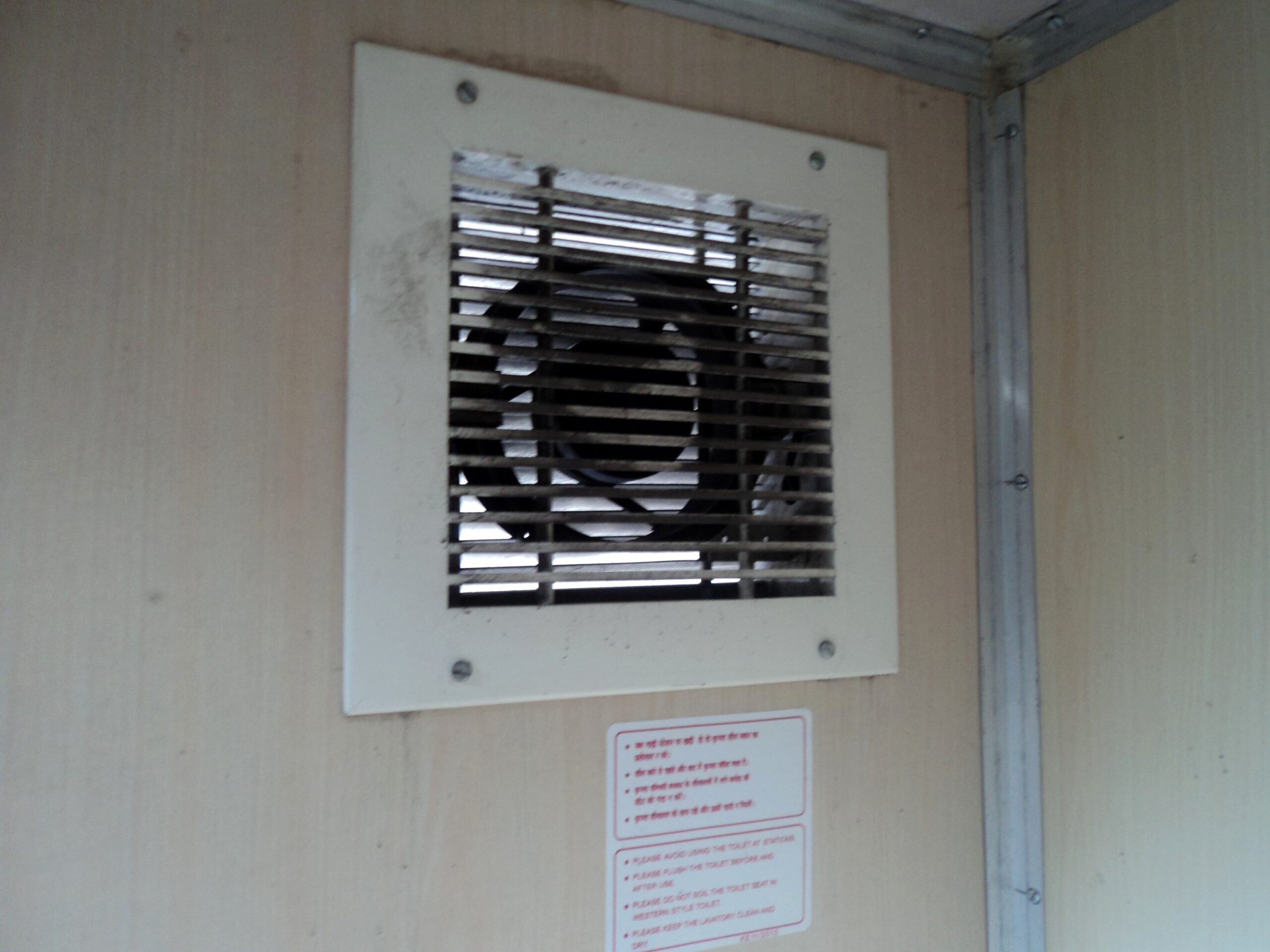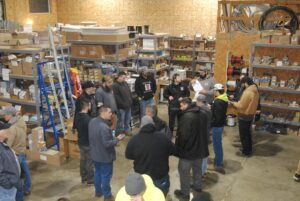
Bathrooms are essential spaces in any home, but they also present unique challenges when it comes to maintaining air quality. Due to constant exposure to moisture from showers, sinks, and baths, bathrooms often become hotspots for mold, mildew, and unpleasant odors. Without proper ventilation, this excess moisture lingers, creating a breeding ground for harmful microorganisms and compromising the structural integrity of walls, ceilings, and fixtures.
Installing a well-designed bathroom ventilation system is crucial for maintaining a fresh, dry, and healthy indoor environment. It helps regulate humidity levels, expel stale air, and improve overall air circulation. Whether you’re upgrading an existing system or installing a new one, understanding the mechanics and benefits of bathroom ventilation can make all the difference in your home’s comfort and safety.
The Science Behind Bathroom Ventilation
Understanding the importance of bathroom ventilation requires a basic grasp of how moisture behaves indoors. When you take a hot shower, steam saturates the air with water vapor. If this vapor has nowhere to go, it condenses on cooler surfaces like mirrors, walls, and windows. Over time, this excess moisture promotes mold growth, paint deterioration, and even structural damage.
Bathroom ventilation systems counteract these effects by expelling humid air and replacing it with drier, fresher air. This simple yet effective process keeps moisture levels in check, preventing issues that could otherwise lead to costly repairs or health concerns.
Key Functions of Bathroom Ventilation Systems
- Humidity Control
- Excess humidity can cause wallpaper to peel, wood to warp, and mold to thrive.
- Ventilation fans draw out moist air, maintaining a balanced humidity level.
- Odor Elimination
- Bathrooms naturally produce odors that can linger without proper airflow.
- Ventilation systems ensure a constant flow of fresh air, eliminating unwanted smells.
- Improved Air Quality
- Stale, moist air often harbors allergens, bacteria, and mold spores.
- Ventilation fans help remove these contaminants, contributing to a healthier home environment.
- Moisture Damage Prevention
- Persistent moisture can weaken drywall, ceilings, and fixtures.
- By regulating moisture levels, ventilation systems protect bathroom surfaces and structures.
- Energy Efficiency
- Modern ventilation systems with humidity sensors operate only when needed, reducing energy consumption.
Types of Bathroom Ventilation Systems
Different bathrooms require different ventilation solutions. The choice depends on factors like room size, building design, and specific needs.
1. Exhaust Fans
The most common type of bathroom ventilation system. These fans are typically mounted on ceilings and connect to ducts that expel air outside the building.
Pros:
- Affordable and easy to install.
- Available with various features like timers and humidity sensors.
Cons:
- May become noisy over time if not maintained properly.
Ideal For:
- Small to medium-sized bathrooms.
2. Inline Fans
Inline fans are installed along the ductwork, often in the attic or between walls. Because the fan motor is located away from the bathroom, these systems operate more quietly than traditional exhaust fans.
Pros:
- Quiet operation.
- Can service multiple bathrooms simultaneously.
Cons:
- Requires more complex installation and access to ductwork.
Ideal For:
- Large homes or multi-bathroom setups.
3. Humidity-Sensing Fans
These advanced fans automatically activate when humidity levels exceed a certain threshold, ensuring consistent moisture control without manual intervention.
Pros:
- Energy-efficient and convenient.
- Prevents forgetfulness in turning the fan on or off.
Cons:
- More expensive than standard models.
Ideal For:
- High-traffic bathrooms or bathrooms used by children.
4. Heat Recovery Ventilators (HRVs)
HRVs exchange stale indoor air with fresh outdoor air while recovering heat from the outgoing air.
Pros:
- Maintains indoor temperature.
- Improves overall home ventilation.
Cons:
- Higher initial cost and maintenance requirements.
Ideal For:
- Energy-efficient or airtight homes.
Installation Best Practices: Ensuring Efficiency and Safety
Proper installation is critical for optimal performance and long-term reliability. Here are the key steps involved:
1. Assess Room Size
Ventilation requirements vary based on bathroom size. Fans are rated by their airflow capacity, measured in cubic feet per minute (CFM).
Calculation Tip:
- Small bathrooms: Minimum 50 CFM.
- Larger bathrooms: 1 CFM per square foot.
2. Install Proper Ductwork
Ventilation fans must expel air outside, not into attics or crawlspaces, to prevent moisture buildup.
Best Practices:
- Use rigid or semi-rigid ducts for durability.
- Keep ducts as short and straight as possible to reduce airflow resistance.
3. Seal and Insulate Ducts
Leaky ducts reduce fan efficiency and may allow moisture to accumulate.
Pro Tip:
- Use foil tape (not duct tape) for airtight seals.
- Insulate ducts that pass through unheated spaces to prevent condensation.
4. Test System Performance
After installation, test the fan’s airflow using a simple tissue test: hold a tissue near the vent; if it sticks, the fan is working correctly.
5. Ensure Code Compliance
Bathroom ventilation installations must adhere to local building codes. Professional electricians ensure compliance, preventing potential legal and insurance issues.
Common Bathroom Ventilation Mistakes to Avoid
Even the best equipment can underperform if installed incorrectly. Here are some frequent mistakes:
- Ventilation to Attic Instead of Outdoors
Moist air vented into the attic causes mold growth and structural damage. - Undersized Fans
Fans without adequate CFM capacity fail to remove moisture effectively. - Poor Duct Design
Long or kinked ducts reduce airflow efficiency. - Inadequate Fan Run-Time
Fans should run for at least 20 minutes after shower use. - Neglecting Maintenance
Dust buildup hampers performance and shortens the fan’s lifespan.
The Impact of Proper Bathroom Ventilation on Health
Indoor air quality significantly affects respiratory health. Poor bathroom ventilation can lead to:
- Mold Allergies: Mold spores cause allergic reactions like sneezing, coughing, and congestion.
- Respiratory Infections: High humidity encourages bacterial growth, increasing infection risks.
- Skin Irritations: Persistent dampness may lead to skin irritation and discomfort.
Proper ventilation mitigates these risks by maintaining clean, dry air in bathrooms.
Bathroom Ventilation Maintenance Tips
Routine maintenance extends the lifespan of your ventilation system.
- Clean Fan Blades: Remove dust buildup every 3-6 months.
- Inspect Ducts: Check for blockages or damage annually.
- Test Functionality: Listen for unusual noises or weak airflow.
- Replace Filters: Some advanced systems use replaceable filters to trap airborne particles.
Bathroom Ventilation for Different Bathroom Types
1. Master Bathrooms
- Use high-CFM fans due to larger square footage.
- Consider dual fans if the bathroom has multiple zones (e.g., shower and toilet area).
2. Guest Bathrooms
- Standard exhaust fans usually suffice.
- Humidity-sensing models reduce maintenance requirements.
3. Powder Rooms
- Low-CFM fans are appropriate for odor control.
- Inline fans can maintain quiet operation.
FAQ Section
1. How often should bathroom fans be cleaned?
Bathroom fans should be cleaned every 3-6 months. Dust and debris buildup can obstruct airflow and reduce efficiency.
2. What size fan is suitable for my bathroom?
For bathrooms under 100 sq. ft., choose fans rated at least 1 CFM per square foot. Larger bathrooms may require multiple units.
3. Can bathroom ventilation systems help with mold issues?
Yes. Effective ventilation systems expel humid air, preventing mold spores from settling and proliferating.
4. Is bathroom fan replacement complicated?
If the existing wiring and ductwork are intact, replacement is straightforward. New installations may require professional assistance.
5. Can I install a ventilation system myself?
DIY installation is possible but risky if you lack electrical knowledge. Improper installation can cause inefficiency or fire hazards.
Don’t let excess moisture and poor air quality compromise your home’s comfort and your family’s health. A professionally installed bathroom ventilation system ensures optimal air circulation, prevents mold growth, and maintains a fresh atmosphere year-round.
Ready to improve your bathroom’s air quality? Contact our expert team today for a personalized consultation and experience the difference a high-quality ventilation system can make.







